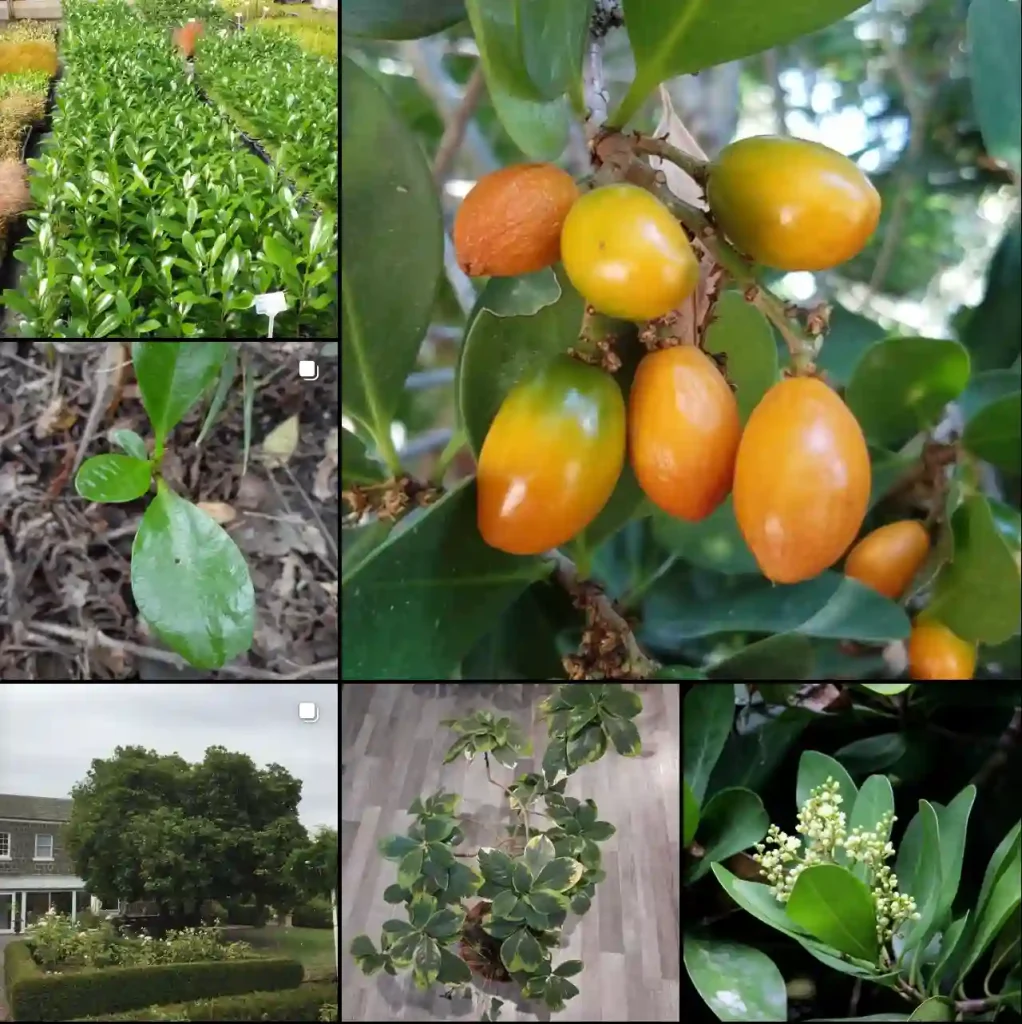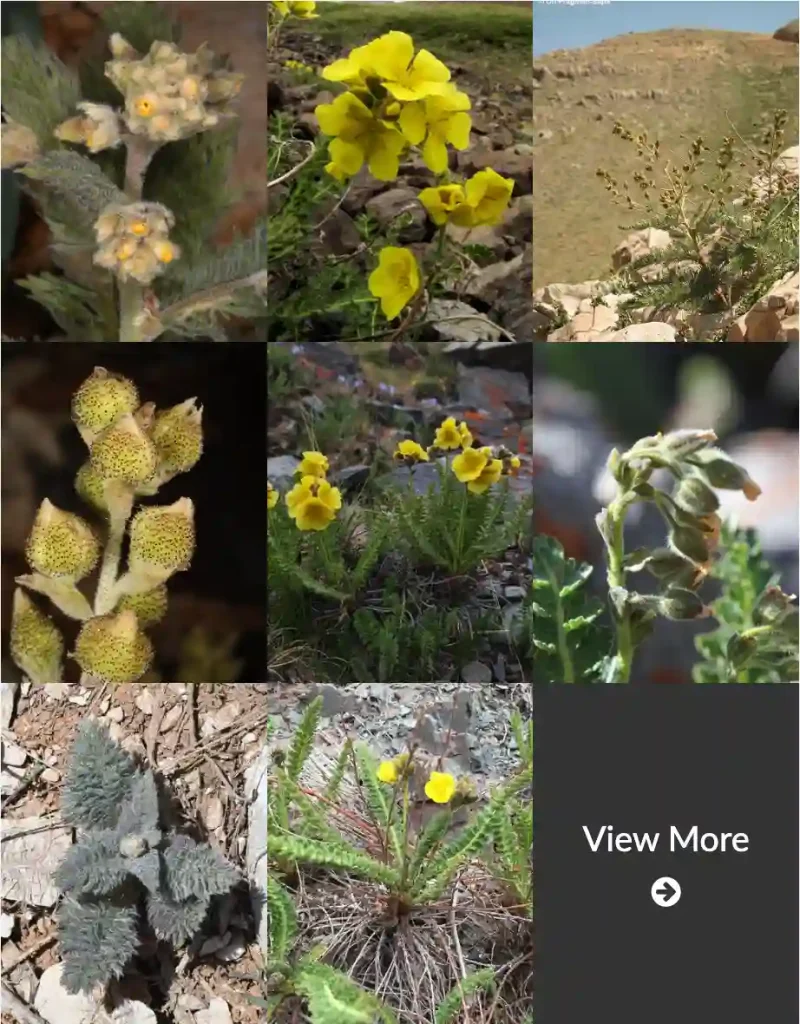Briza: A Quaking Fascination
My fascination with the genus Briza began on a blustery day in a meadow. The wind danced through the grasses, but one species stood out with its peculiar movement. Its delicate heart-shaped seed heads, suspended on slender stalks, trembled and swayed with the slightest breeze, creating a mesmerizing spectacle. This was my introduction to Briza, commonly known as quaking grass.
Briza belongs to the Poaceae family, the grasses. It’s a genus of annual and perennial plants native to temperate regions of Eurasia, North Africa, and certain Atlantic islands. The name “Briza” originates from the Greek word “brizo,” meaning “to nod,” a fitting tribute to its characteristic quaking motion.
What sets Briza apart is its unique inflorescence. The spikelets, containing the florets, are ovate or heart-shaped, hanging loosely on delicate stalks. This structure allows them to tremble and quake even with the gentlest air currents, a feature that has captivated nature enthusiasts and inspired poets for centuries.
Diversity within Briza
While the quaking motion is a unifying characteristic, the genus Briza boasts a diverse array of species, each with its own distinct features:
- Briza humilis: Native to Eurasia, Briza humilis is a delicate annual grass with graceful, drooping flower heads that shimmer in breezes, giving rise to its common name, quaking grass. The plant’s small stature and nodding spikelets make it ideal for adding texture to borders, creating an airy and understated presence in gardens.
- Briza marcowiczii: Briza marcowiczii is a rare and relatively lesser-known species that originates in the Middle East. It has a unique, slightly flattened spikelet structure that shimmers in a muted palette, often appearing in sandy or rocky areas. Its subtle charm and adaptability to dry conditions make it an intriguing choice for xeriscaping or rock gardens.
- Briza maxima: Known as greater quaking grass, Briza maxima is prized for its large, heart-shaped, dangling spikelets that sway gracefully in the wind. These eye-catching “quakes” make it a popular ornamental choice, often used in dried flower arrangements. Native to southern Europe and western Asia, this annual is easy to cultivate and a favorite for adding drama to naturalistic plantings.
- Briza media: Often called perennial quaking grass, Briza media is a hardy species native to Europe and parts of Asia. This grass is valued for its fine, slender stalks that bear delicate, dangling spikelets. Being a perennial, it offers longevity in gardens, natural meadows, and wildflower plantings, where it provides gentle movement and visual interest throughout the growing season.
- Briza minor: Also called lesser quaking grass, Briza minor is a petite annual grass with delicate, heart-shaped spikelets that dance on slender stems. Native to southern Europe and the Mediterranean, this species is particularly effective in softer, less formal garden designs, bringing subtle motion and a light, airy quality to garden borders and meadow-style plantings.
Ecological Role and Uses
Briza species play a crucial role in their ecosystems. They provide food and habitat for various insects and small animals. The seeds are a food source for birds, while the foliage provides shelter for invertebrates.
Beyond their ecological importance, Briza species have also been utilized by humans for various purposes. Some species, particularly Briza maxima, are cultivated as ornamental plants, adding a touch of whimsy to gardens and landscapes. The dried seed heads are often used in floral arrangements and crafts. In some cultures, Briza species have been used in traditional medicine and for making brooms and brushes.
A Personal Connection
My encounter with Briza sparked a deeper appreciation for the intricacies of the natural world. The seemingly simple act of quaking in the wind reveals a complex interplay of form and function. Each species, with its unique characteristics, contributes to the rich tapestry of life on Earth.
As I continue to explore the world of plants, I carry with me the memory of that windswept meadow and the mesmerizing dance of the quaking grass. It’s a reminder of the beauty and wonder that can be found in the simplest of things.
If i die, water my plants!



